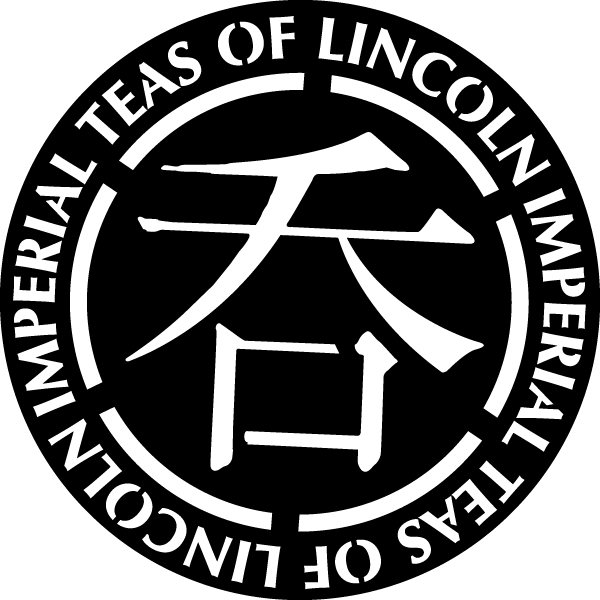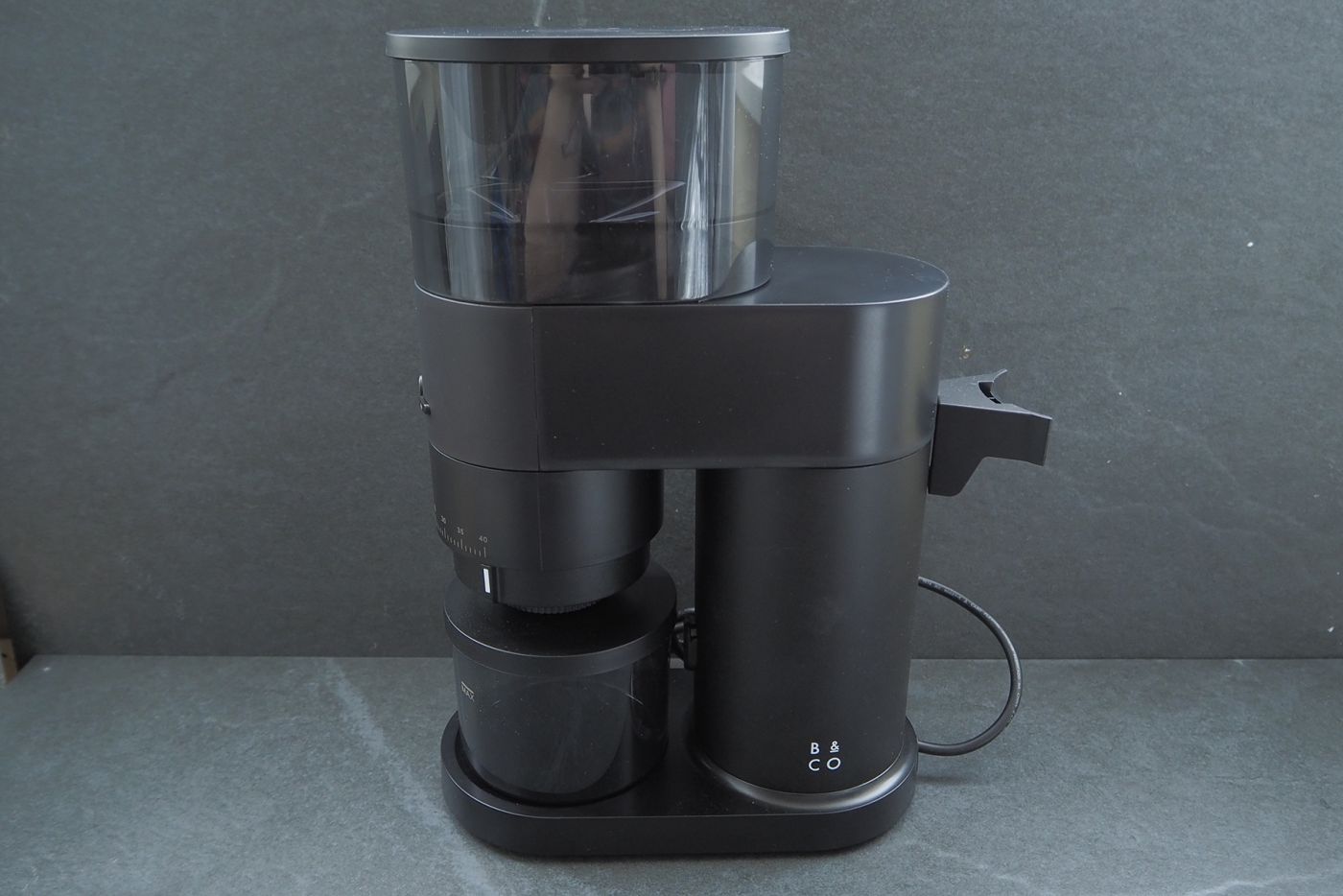PERU TREASURE OF THE ANDES COFFEE
Why not add
-
£110.00
With the help of Fair Trade premiums, much has been accomplished in the rural communities of coffee-producing countries, from improvement in the local economies, better diets, improved sanitation and new wet-processing mills for green coffee beans. However, the marginalization of women in these rural communities continues. In the urban areas of Peru, for example, the abuse rate is estimated at 40% and in the rural communities the rate is far greater.
With little money to count on, a coffee family generally prefers to invest available resources in educating the sons. The daughters stay home and devote themselves to chores around the house and watching over the farm. They usually marry between 12 and 16 years of age and until now, women have only been allowed to participate in the domestic work of the home. If they were allowed to join work groups, it was only in a passive role.
In 2003, the first conference of Women Coffee Producers was held in Northern Peru. The concept of separating these women producers' coffee from the rest of the Fair Trade co-op's production was a new idea, developed by the Fair Trade co-op, their coffee trading partners, and the women themselves, searching for ideas that would improve their living conditions. The women's conferences focus on building self-esteem, leadership, and sharing experiences. The women's response to these organizational activities has been amazing, as has the support offered by community leaders.
The coffee buyer for PROASSA, who travels to the producing regions and works with the growers on a regular basis, is a woman named Isabel Latorre and the first agronomist sent by PROASSA to educate the farmers in environmentally friendly agriculture was also a woman, Maria Chubas. They are both setting examples for these communities and their leadership has helped to pave the way for other talented women within the co-op.
There are currently well over 1000 women coffee farmers involved with the Cafe Femenino Coffee Project in Peru. The women farmers participate in all farm activities: preparing the terrain, nurseries, and the compost to fertilize the soil; preparing bio-fertilizers; as well as harvesting, de-pulping, fermenting and drying the coffee. It is very rare for women to participate in selling coffee or in deciding how the money from coffee sales will be used - all of which they do with Cafe Femenino.
Once the coffee leaves the co-op, all sales contracts for Cafe Femenino must be signed and committed to by a woman, and a woman must participate in the sales and marketing of this coffee. An extra two cents per pound above the Fair Trade price for green coffee is paid by the US importer of Cafe Femenino, and these funds provide income that goes directly to the women producers - the use of this money is for them alone to decide.

